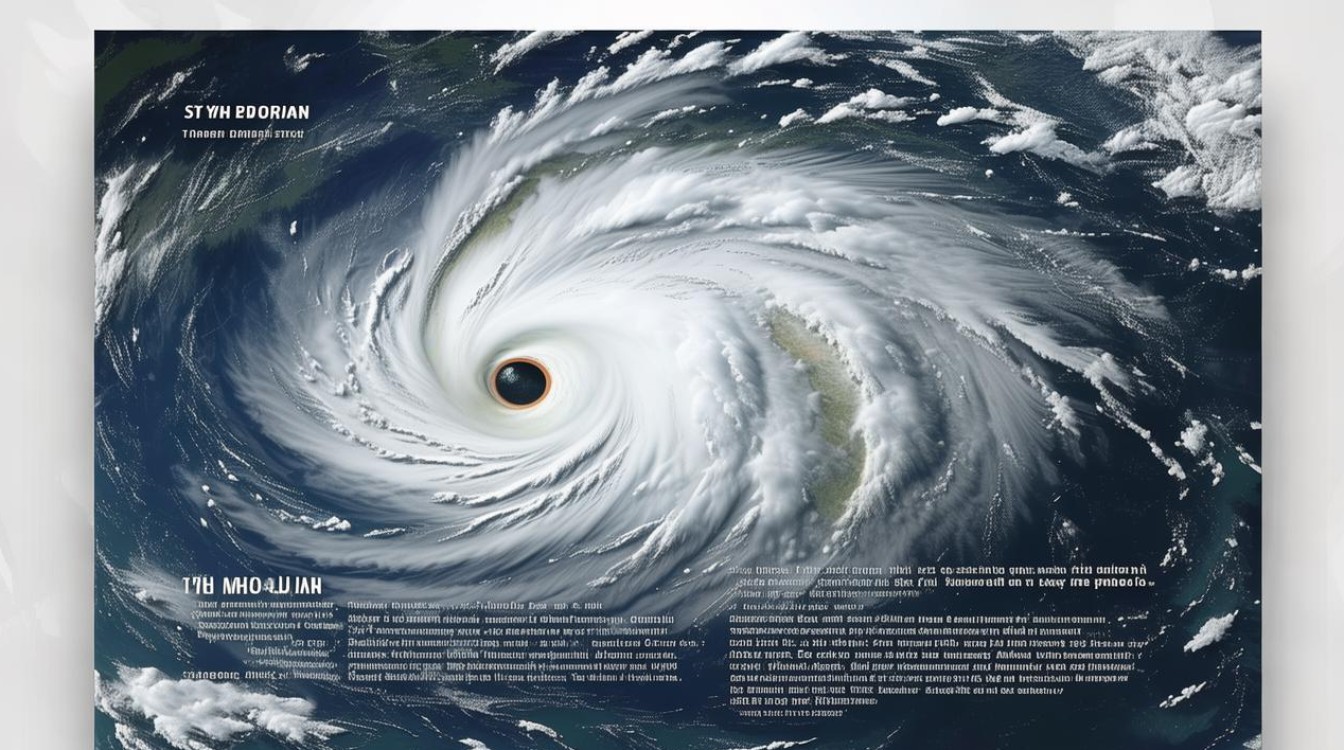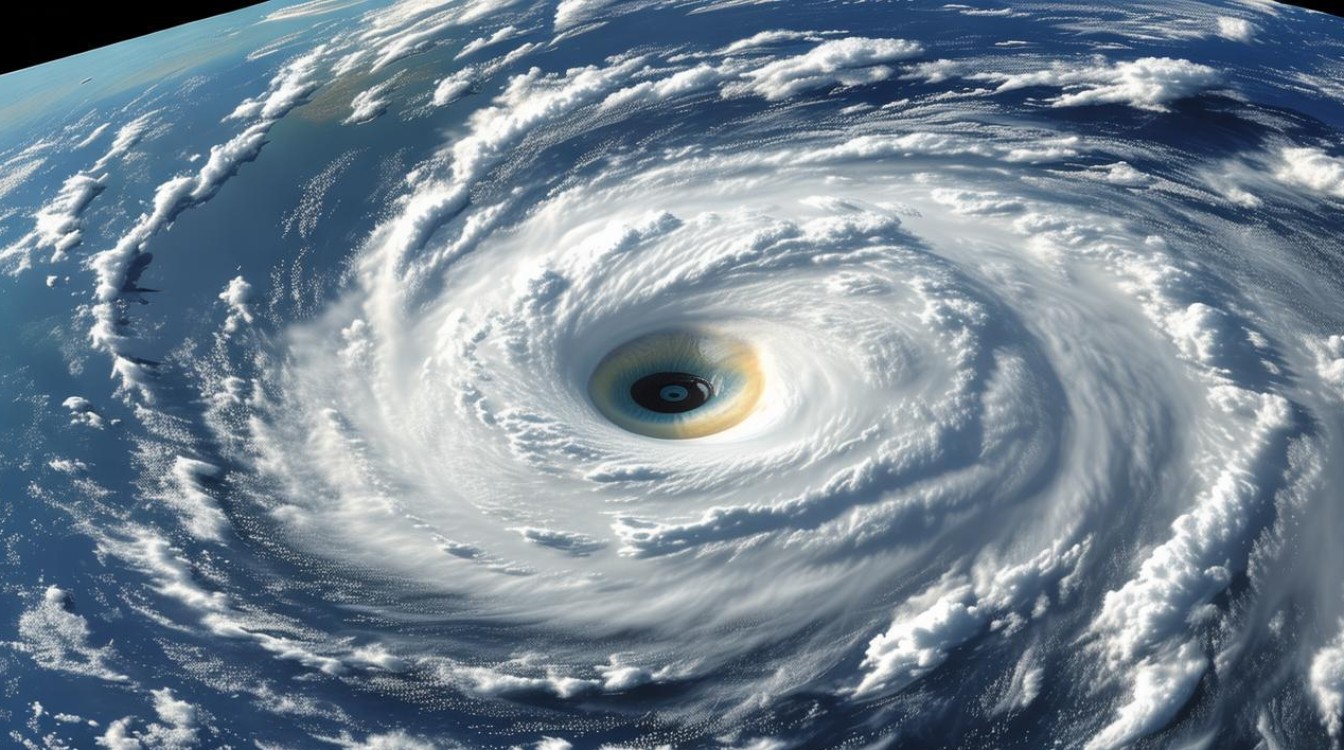Typhoons are powerful tropical cyclones that form over warm ocean waters, bringing intense winds, heavy rainfall, and widespread destruction. For students and English learners, writing about typhoons in an essay requires clarity, accuracy, and a structured approach. This guide explores the science of typhoons, their impact, and how to craft a well-organized English essay on the topic.

The Science of Typhoons
Typhoons, known as hurricanes or cyclones in other regions, originate in the Pacific Ocean. They develop when sea surface temperatures exceed 26.5°C (80°F), causing warm, moist air to rise and form low-pressure systems. As the air cools, it condenses into thunderstorms, creating a rotating system fueled by the ocean’s heat.
Key characteristics of typhoons include:
- Eye: The calm center surrounded by the most violent winds.
- Eyewall: A ring of towering thunderstorms producing torrential rain.
- Rainbands: Spiral bands of clouds extending outward, bringing prolonged rainfall.
Understanding these elements helps in describing typhoons accurately in an English essay.
Impact of Typhoons
Typhoons affect millions of people annually, particularly in coastal regions. Their consequences include:
-
Human Cost
- Loss of life due to flooding, landslides, and strong winds.
- Displacement of communities, leading to humanitarian crises.
-
Economic Damage

- Destruction of infrastructure, homes, and agriculture.
- Long-term financial strain on affected regions.
-
Environmental Effects
- Coastal erosion and saltwater intrusion into freshwater sources.
- Disruption of ecosystems, harming marine and terrestrial wildlife.
When writing about these impacts, use specific examples like Typhoon Haiyan (2013) or recent events to strengthen arguments.
Writing a Typhoon Essay in English
A well-structured essay should include:
Introduction
Begin with a hook—a striking fact or question—to engage readers. For example:
"Did you know a single typhoon can release energy equivalent to 10,000 nuclear bombs?"
Clearly state the essay’s purpose: to explain typhoons, their effects, or preparedness measures.
Body Paragraphs
Divide the content into logical sections:
-
Formation and Structure
Describe how typhoons develop, using terms like "Coriolis effect" and "tropical depression."
-
Case Studies
Analyze a notable typhoon, such as Typhoon Mangkhut (2018), detailing its path and aftermath. -
Prevention and Response
Discuss early warning systems, evacuation plans, and international aid efforts.
Conclusion
Reinforce the main points without repetition. End with a thought-provoking statement:
"As climate change intensifies, understanding typhoons becomes not just academic—it’s a matter of survival."
Language Tips for Clarity
-
Avoid Jargon
Use simple terms like "strong winds" instead of "maximum sustained winds." -
Active Voice
Write "Typhoons destroy homes" rather than "Homes are destroyed by typhoons." -
Transition Words
Words like "however," "furthermore," and "consequently" improve flow.
Common Mistakes to Avoid
-
Confusing Terms
Typhoons, hurricanes, and cyclones differ by region but share the same structure. -
Overgeneralizing
Instead of "Typhoons are always deadly," specify conditions that increase risks. -
Neglecting Solutions
Essays should balance problems with mitigation strategies, like Japan’s flood barriers.
Final Thoughts
Writing about typhoons in English demands factual accuracy and engaging storytelling. By breaking down complex meteorology into digestible sections, students can create compelling essays that educate and inspire action. Whether for exams or public awareness, mastering this topic contributes to global resilience against natural disasters.
The next time a typhoon makes headlines, readers of this guide will be equipped to analyze and articulate its significance—not just in English, but with a deeper appreciation for nature’s power.

